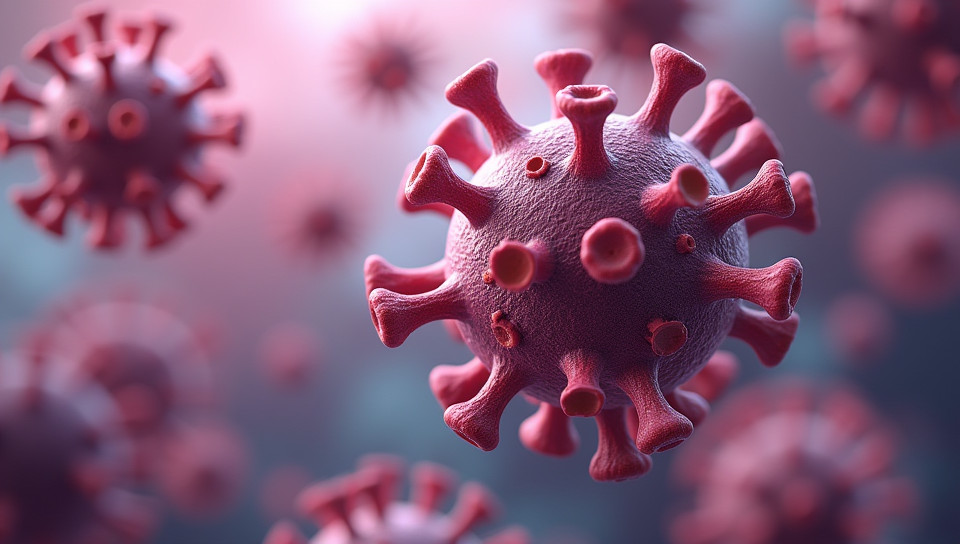Antibiotic-resistant bacteria populations increase due to triclosan use 91%

The Hidden Dangers of Triclosan: How Antibiotic-Resistant Bacteria Are On the Rise
As we go about our daily lives, we often don't think twice about the products we use and the ingredients they contain. But one common ingredient found in many personal care items has been making headlines for all the wrong reasons: triclosan.
The Problem with Triclosan
Triclosan is a broad-spectrum antimicrobial agent commonly used in soaps, toothpastes, and other household products to kill bacteria and fungi. However, its widespread use has been linked to the growth of antibiotic-resistant bacteria populations.
What's Wrong with Antibiotic-Resistant Bacteria?
Antibiotic-resistant bacteria are strains that have developed resistance to antibiotics, making them harder to treat and increasing the risk of infections becoming life-threatening. When triclosan is used in personal care products, it can contribute to the development of antibiotic-resistant bacteria in several ways:
- It selects for resistant bacteria, allowing only those that can survive its antimicrobial properties to thrive
- It creates an environment where bacteria are more likely to develop resistance to antibiotics
- It can spread resistance genes between different bacterial species
The Consequences of Triclosan Use
The consequences of triclosan use on antibiotic-resistant bacteria populations are severe. According to the World Health Organization (WHO), antibiotic resistance is one of the biggest threats to global health, with estimates suggesting that by 2050, it could lead to 10 million deaths per year.
What Can We Do?
While the situation may seem dire, there are steps we can take to reduce our exposure to triclosan and mitigate its impact on antibiotic-resistant bacteria populations:
- Choose personal care products that do not contain triclosan or other antimicrobial agents
- Look for alternative ingredients that have been proven to be effective in preventing bacterial growth without promoting resistance
- Support policies and regulations that restrict the use of triclosan in consumer products
Conclusion
The link between triclosan use and antibiotic-resistant bacteria populations is clear. As individuals, we must take responsibility for our own health and the health of our communities by making informed choices about the products we use and supporting policies that promote public health. By working together, we can create a safer, healthier world for generations to come.
- Created by: Charlotte Ortiz
- Created at: Oct. 19, 2024, 6:36 p.m.
- ID: 13631








